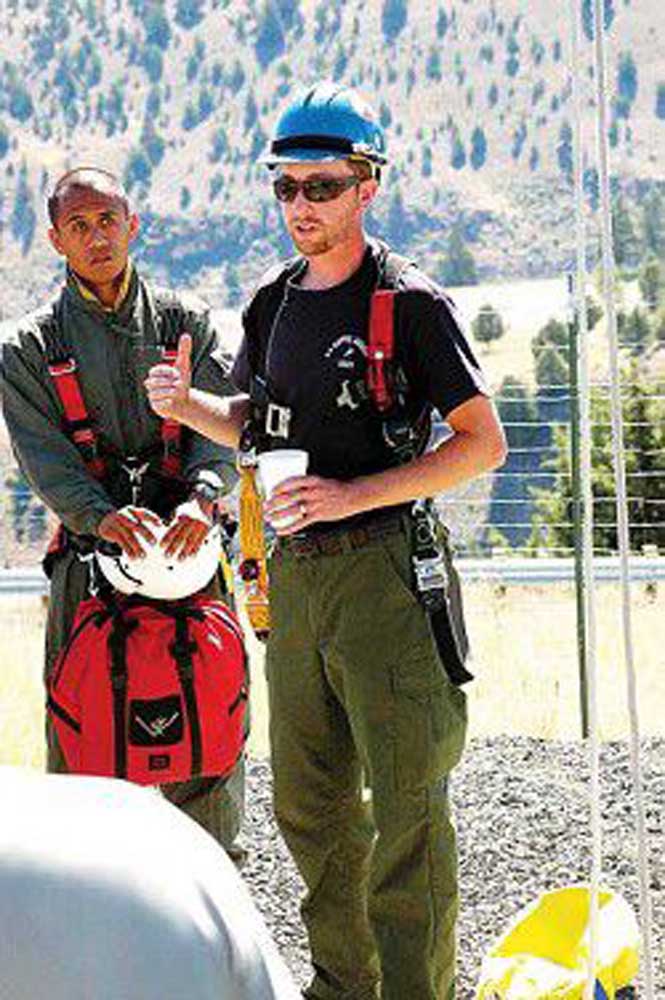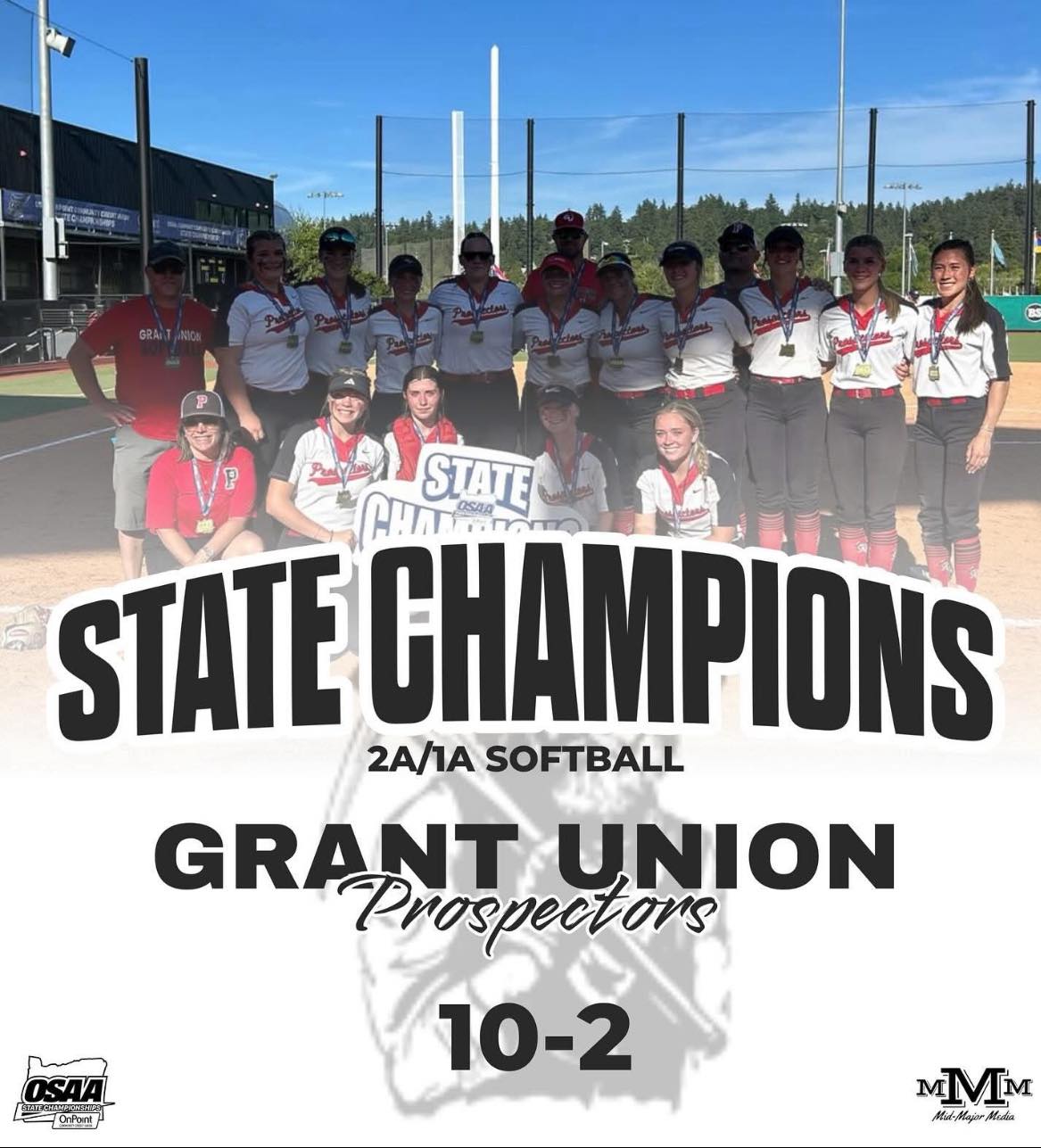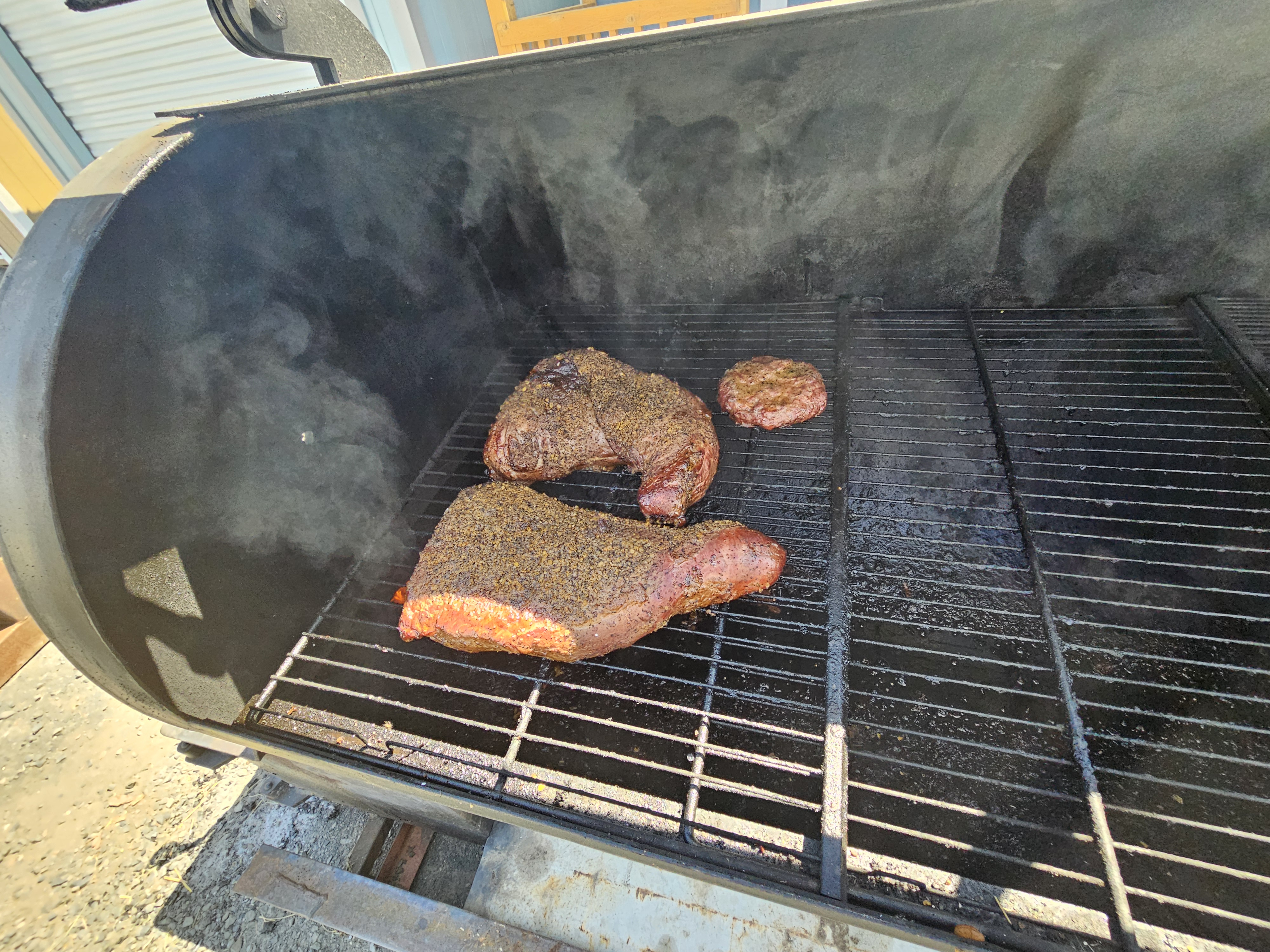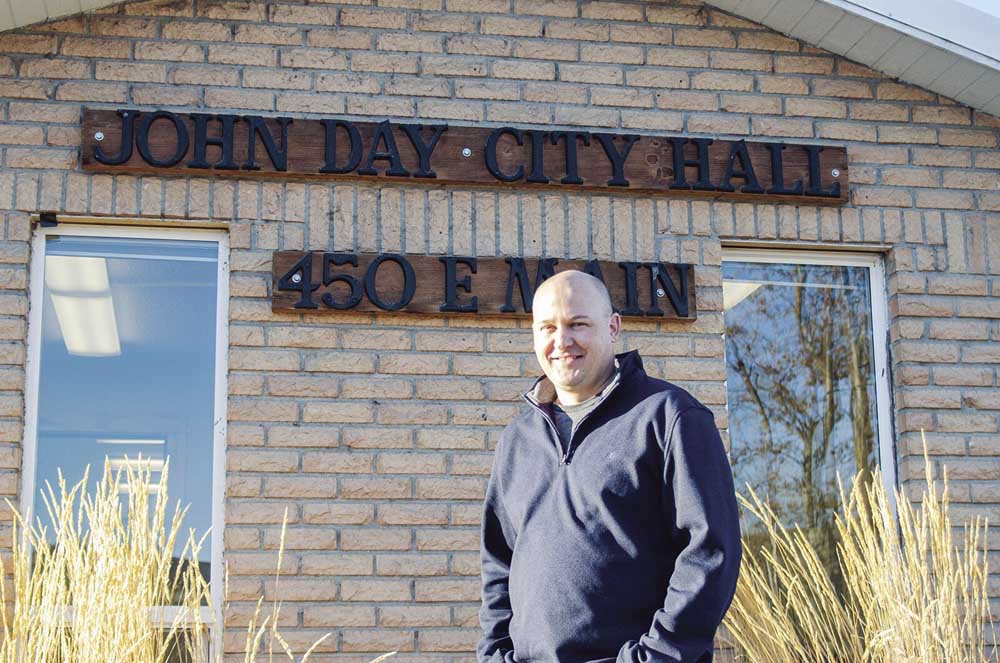One of a kind (slideshow)
Published 5:00 pm Tuesday, July 13, 2010

- <I>Eagle photos/Sandra Gubel</I><BR>A rappeller-in-training, left, listens to a lesson on the importance of hand signals.
JOHN DAY – Rappellers from Region 6 are ready.
They’re the only ones in the country who are now certified to descend from hovering helicopters, letting themselves down with ropes to a remote, often rugged, fire scenes.
The rappellers are set to go because Malheur National Forest (MNF) hosted the Pacific Northwest Rappel Academy last week, for the 10th year.
The academy took place after U.S. Forest Service Chief Tom Tidwell late last month gave the green light to rappelling, when and if regions are able. New national standards for the rappel program were handed down, and the regional offices were left to decide if they are ready to implement the new requirements this fire season.
“In fire suppression, the No. 1 priority is the safety of firefighters and the public. All regions are taking these things into account and want to do it as safely as possible before they bring their programs back on line,” said Jennifer Jones, of the Forest Service’s National Interagency Fire Center in Boise.
Region 6, which includes Oregon and Washington, was the only one ready to say “yes.”
In the highly-structured, almost boot camp-like atmosphere, veteran rappellers went first. Over about three days, they went through the paces to recertify their skills. Rookies worked over six days in a more intensive course to become certified.
Participating were rappellers from six crews of Oregon and Washington, as well as a regional rappel crew.
The Malheur Rappel Crew was joined by crews from Wenatchee, Wash., the Wenatchee Valley Rappellers; and from Oregon, the Siskiyou Rappel Crew of Grants Pass; the Central Oregon Rappel Crew, based in Prineville; the Sled Springs Rappel Crew, from Enterprise; and the Frazier Rappel Crew, based at Ukiah.
While most crews have about 16 members, in many instances, they’ll be sent out in smaller units or “modules,” as needs on particular fires dictate, said Rob Batten, MNF deputy fire staff officer.
The rappel program is just one of the many tools used in firefighting. Other regions, while they haven’t opted to implement the rappel program this summer, may choose to do so later, said Jones.
“Helitack,” where fire crews are flown into helicopter landing spots and hike into fires, will still be used throughout the country.
At this point, Region 6 rappellers will only rappel within the region, she added.
The Forest Service put the program on hold last winter after an investigation into the death of a 20-year-old firefighter who fell during a rappelling exercise last year near Willow Creek, Calif. An accident review board investigated and then devised a safety action plan. When the agency received the plan this February, Tidwell decided to suspend the rappel program until the recommendations could be implemented, said Jones.
In late June, an interagency team composed of experts in fields related to firefighting and aviation proposed new national standards that were ultimately signed by Tidwell.
On July 9, the MNF program passed muster as assistant directors of fire, aviation management and training safety, and the helicopter operation specialist for the agency, based in the Washington, D.C. office, visited the John Day site, Jones said.
Before the national standards were set, each of the six regions with programs operated a little differently, she added. Both medium-sized and lighter helicopters were used. Under the new standards, rappellers will descend only from medium-sized helicopters which are configured similarly.
Rappellers will also used “belly bags” of the same size and with similar content. The bags are used to stash essential items, including a fire shelter and water, and they are snapped onto the front of each rappel harness.
Several procedures also have been standardized. All cargo, for example, must be kept inside the helicopter. Firefighters rappel first, and cargo is let down afterward, Jones said.
In training, all rappellers are taught to rig equipment and do “buddy checks” and inspections in the same sequence, she also said. Buddy checks are checks done by a partner, who looks over another’s equipment to ensure it is properly donned and assembled.
One fatality in the 37-year history of the rappel program was one too many, Jones said. “We wanted to make the program as safe as possible. And when equipment, procedures, and training are the same, the safer it will be.”





